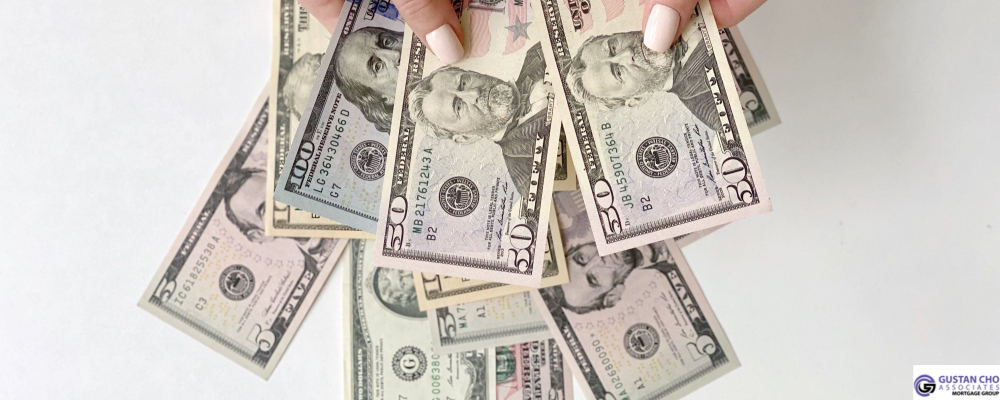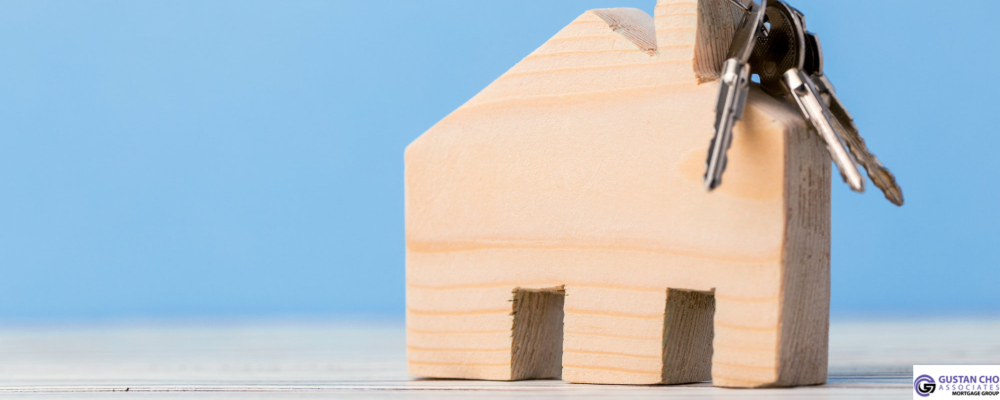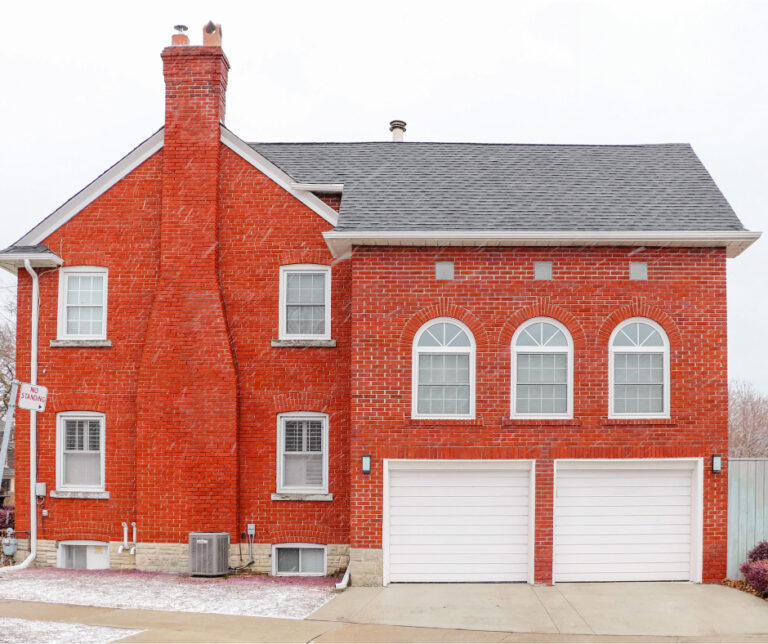USDA Home Loan Programs for Homebuyers in Rural Areas
In this blog, we will cover and discuss USDA home loan programs for homebuyers in rural areas. USDA Home Loan Programs are residential mortgage loans that are available in certain regions of the country. USDA loans are made by private lenders and guaranteed by the USDA Guarantee Program. USDA areas are not necessarily located in farm areas. Many suburbs of major cities are classified as USDA Rural Areas.
USDA loans are originated and funded by private lenders with no down payment required. Lenders need to follow USDA agency guidelines with regards to credit, credit score, debt-to-income ratio, and household income. Homebuyers in a designated USDA area are eligible to purchase a home with 100% financing and little to no closing costs with seller concession and/or lender credit.
The U.S. Department of Agriculture is in charge of USDA loans and its Rural Development Loan Program. Most home buyers and real estate agents are not familiar with USDA and its loan programs. USDA Home Loan Programs are the least known government loan programs. FHA Bad Credit Lenders dba of Gustan Cho Associates is one of the largest and fastest-growing mortgage brokers licensed in 48 states with no overlays on USDA loans. In this article, we will discuss and cover mortgage loan programs and mortgage guidelines on USDA loans.
No Down Payment Required On USDA Loans
USDA home loan program is a zero-down payment mortgage for eligible rural and suburban homebuyers. USDA loans are issued through the USDA home loan programs, also known as the USDA Rural Development Guaranteed Housing Loan Program, by the United States Department of Agriculture. To see if a property is located in a USDA area, visit http://eligibility.sc.egov.usda.gov.
You cannot make too much income to be eligible for USDA loans. The qualified income threshold is household income based on the number of people in the household.
USDA Home Loans enable borrowers to finance 100% of their purchase price amount and no money down is required. There is a 2% USDA guarantee fee that can be added on top of the purchase price and loan amount. But the appraisal needs to come in at 102% of the purchase price. USDA Home Loans are an excellent mortgage loan tool for first-time homebuyers but have stricter underwriting guidelines than FHA mortgage loans when it comes to debt-to-income ratios.
Qualification requirements for USDA Home Loan Programs
Minimum credit scores are 580 FICO to qualify for USDA Loans. Homebuyers do need verifiable income and W2s and tax returns for the past two years. The maximum debt to income ratio allowed is 29%/41%. This means that no more than 29% of the borrower’s monthly gross income can be in monthly principal, interest, tax, and insurance payments, as well as other housing expenses such as the HOA and the USDA guarantee annual fee.
USDA home loan programs have strict rules and guidelines with regards to maximum household income, debt-to-income ratio, and areas where USDA loans are eligible. Many suburban like areas in the nation are eligible for USDA loans.
USDA loans is a great home loan program for first-time homebuyers buying a home in a USDA designated area with no down payment and little to no closing costs with a seller concession. If you are short of closing costs with a seller concession, the lender can give a lender credit in lieu of a higher rate. Lenders do not want to see any 30-day late payments in the past 12 months. No overdrafts in the past twelve months. It is alright to have had prior bad credit, outstanding collections, charged-off accounts, and late payments. You just need timely payments in the past 12 months to get an approve/eligible per the automated underwriting system.
Verification Of Rent
Verification of rent is very important for mortgage lenders. The difference between what the borrower was paying for rent and what their new proposed housing payment will be is considered payment shock. Lenders want to see borrowers had a history of making a housing payment and the new principal, interest, tax, insurance (PITI) will not be a large payment shock.
Verification of rent is valid when the renter provides 12 months of canceled checks or 12 months of bank statements showing proof that he or she has been making rent payments on time. The lender will provide a verification or rent form that needs to be completed by the landlord, dated, and signed.
Verification of rent is only valid if the renter has paid their rent payment with checks and/or bank transfers. 12 months rental verification is proven by providing 12 months of canceled checks and/or bank statements. Cash rental payments with a cash paid receipt from the landlord is not acceptable for rental verification.
How Does Rental Verification Work For Mortgage Process
Rental payments need to have been timely in the past 12 months with no late payments for VOR to be valid. Verification of Rent is proven by providing 12 months of canceled checks or a letter from a property management company if the borrower is paying a licensed registered property management company.
If the new proposed housing payment on the new home purchase is similar to the rent payment the borrower has been paying, it is considered a strong compensating factor. The lower the payment shock, the stronger the borrower is viewed by the lender.
Like FHA loans, USDA loans require an upfront mortgage insurance premium. 2% USDA guarantee fee as well as an annual guarantee fee which is paid monthly along with their monthly mortgage payment. The annual USDA fee is 040% of the mortgage loan amount. For FHA loans, the upfront mortgage insurance premium is 1.75% and the annual FHA insurance fee is 0.85%.
USDA Home Loan Programs Property Eligibility Requirements
With USDA Home Loan Programs, both the home buyer and property need to qualify. Qualifying properties need to be located in a USDA designated area. Properties with in-ground pools can qualify for USDA loans.
Homebuyers who are eligible for USDA loans need to meet the minimum USDA agency mortgage guidelines on property eligibility, household income, credit history and credit score, and debt-to-income ratio. Borrowers need to be within 115% of the median household income limit in the area where they plan on buying a home with a USDA loan.
However, the value of the pool cannot be used as part of the overall value of the subject property in determining the value. The appraiser needs to provide an as-in value for the subject property and cannot give a positive adjustment for the value of the pool.
Credit Tradelines Guidelines On USDA Home Loan Programs
Lenders can have lender overlays on USDA loans. Many will require three minimum credit trade lines with at least a 12 months of payment history is required. Certain non-traditional credit tradelines can be substituted for less than 3 traditional credit trade lines. Examples of non-traditional credit tradelines are the following:
- Rental verification
- Cell phone and utilities
- Insurance payments
- Retail store payments
All of the above non-traditional credit trade lines cannot have late payments in the prior 12 months.
Why FHA Loans Versus USDA Home Loan Programs
There are many areas throughout the United States borrowers can qualify for USDA Home Loans. But they a large percentage of those borrowers need to go with FHA Loans because they will not qualify for USDA Home Loans. The majority of the reasons they do not qualify for USDA loans are. This is because USDA has a maximum back-end debt to income ratio of 41%.
With FHA loans, the maximum back-end debt-to-income ratios are 56.9%. Another reason why mortgage loan borrowers need to go with FHA loans is that FHA loans allow non-occupied co-borrowers. With USDA loans, all borrowers must be owner-occupants of the subject property.
Qualifying For USDA Home Loan Programs
Home Buyers needing to qualify for USDA Home Loans with a mortgage company licensed in multiple states with no lender overlays can contact us at FHA Bad Credit Lenders dba of Gustan Cho Associates at 800-900-8569 or text us for a faster response. Or email us at gcho@gustancho.com.
Over 80% of our borrowers at FHA Bad Credit Lenders are homebuyers who could not qualify at other lenders due to lender overlays. We have no lender overlays on USDA loans.
FHA Bad Credit Lenders is a mortgage company licensed in 48 states, including Washington, DC, and Puerto Rico. The team at FHA Bad Credit Lenders are experts on USDA loans. FHA Bad Credit Lenders dba of Gustan Cho Associates has a national reputation for not having any lender overlays on government and conventional loans. The team at FHA Bad Credit Lenders dba of Gustan Cho Associates is available 7 days a week, on evenings, weekends, and holidays.
What Are USDA Home Loans
What Are USDA loans: Many homebuyers have not heard of USDA loans. The USDA Rural Development Guaranteed Housing Loan program is not often not available by many banks. USDA loans is a niche mortgage loan program that is popular in many rural areas in the United States.
About USDA Mortgages
The full name of USDA loans is the USDA Rural Development Guaranteed Housing Loan program but it is often referred to as USDA loans or Section 502 mortgage loans. USDA Rural Development Guaranteed Housing Loan programs are insured by the United States Department of Agriculture.
100% Financing With USDA Mortgages
One of the prime features of USDA Loans is that it has the 100% finance feature like a VA mortgage loan. USDA has similar loan features to conventional, FHA, and VA loans where there are no prepayment penalty and 30-year amortization schedules.
USDA Rural Development Guaranteed Housing Loan Program Guidelines
USDA home loan programs are completely self-funded. It was formerly taxpayer-subsidized but as of 2012, USDA Loans are entirely self-funded without any taxpayer subsidy. Due to being self-sufficient and self-funded, USDA Loans have new guidelines effective 1 October 2012.
Mortgage insurance for USDA loans is as follows:
There will be a 2.0% upfront fee that needs to be paid at closing to purchase USDA Loans. There will be a 2.0% upfront fee that needs to be paid at closing on refinancing USDA Loans. For both purchase and refinance USDA Loans, there will be a 0.40% annual fee on the principal balance of the loans.
The team at FHA Bad Credit Lenders have helped countless families realize the dream of home ownership become a reality with no money out of pocket. Zero money down, zero closing costs. Closing costs were covered with seller concessions and when it was short, lender credit covered the rest. Zero money out of pocket and a homeowner.
As an example, on a $100,000 mortgage loan in rural Ocala, Florida, a borrower would be required to pay a $2,000 mortgage insurance premium at the closing of the loan and there will be a $33.33 monthly mortgage insurance premium. So, for example, a $100,000 loan size in Blacksburg, Virginia, would require a $2,000 mortgage insurance payment at closing, and $33.33 of mortgage insurance paid monthly.
Both Borrower And Property Must Qualify For USDA Home Loan Programs
To qualify for USDA Home Loans, the home must be in a rural area. What is the definition of rural per USDA Loans guidelines? It does not need to be in a farming community.
USDA loans are offered by individual private mortgage lenders or banks with 100% financing. Lenders need to verify household income, make sure borrowers do not have too much household income, maximum front-end 29% and 41% back-end debt-to-income ratio, and timely payment in the past 12 months.
Many areas of the United States qualify for USDA location requirements. This is including small suburbs and unincorporated areas and towns bordering big cities. You do not have to be a first-time homebuyer to qualify for USDA home loan programs. As stated earlier, there is no down payment required and the upfront mortgage insurance can be added to the mortgage loan amount.
Closing Cost on USDA Home Loan Programs
Gifts can be accepted by family members to cover closing costs. For those who need closing costs covered, they can get a seller’s concession towards closing costs. Both W-2 employees and self-employed folks can qualify for USDA loans. With W-2 employees, there is no job requirement for seasoning. If you have a job, you qualify for a USDA loan.
Many homebuyers who buy a house with USDA home loan programs do not have to worry about closing costs. The real estate agent will negotiate the closing costs to be paid by the home seller with a seller concession. Sellers can contribute up to 6% seller concession for homebuyers closing costs.
For those who are self-employed, you are required to provide proof of income and at least two years of tax returns. USDA loans are for owner-occupied primary resident housing only and you cannot be eligible for USDA Loans if you are seeking a second home, vacation home, or investment property.










